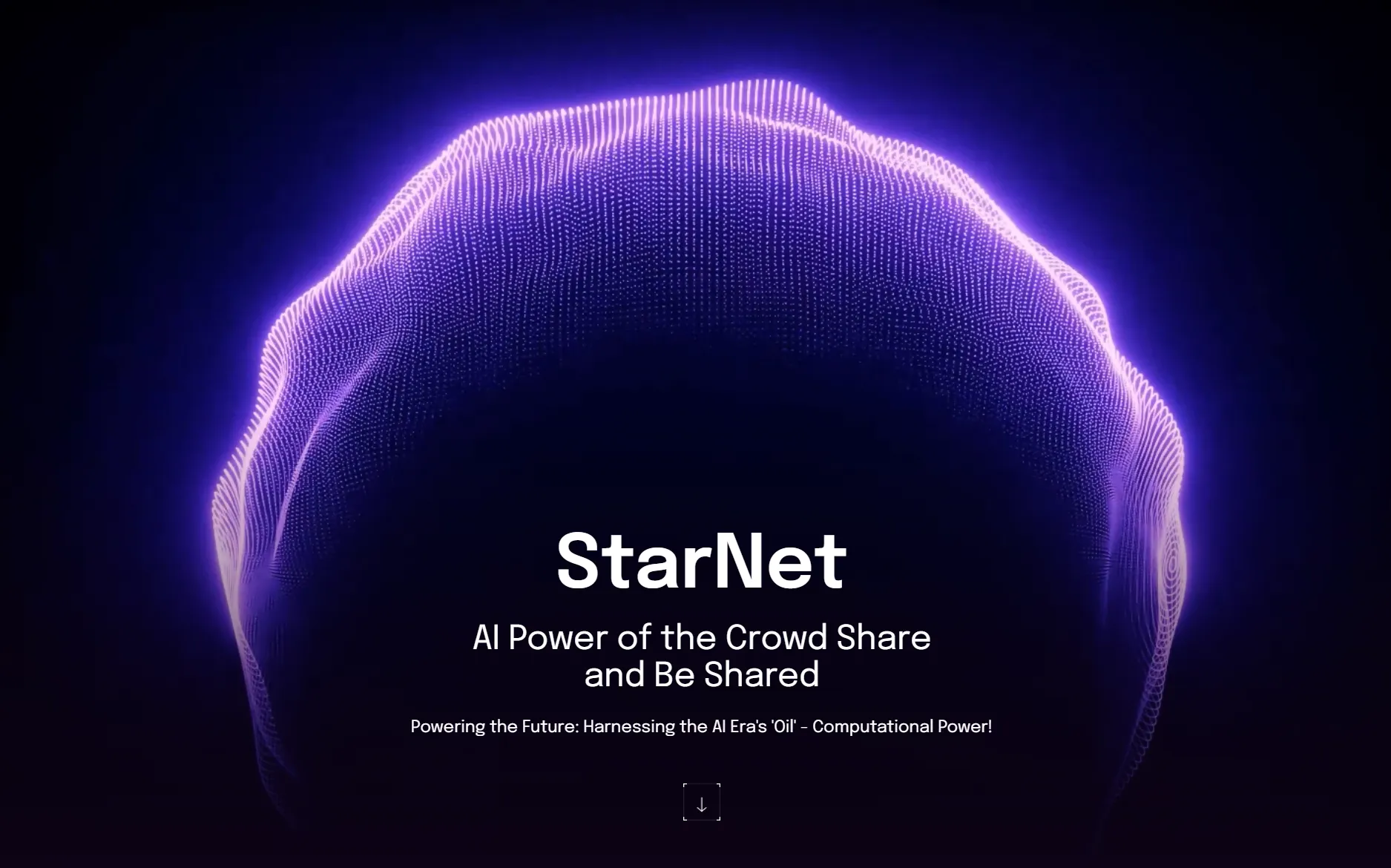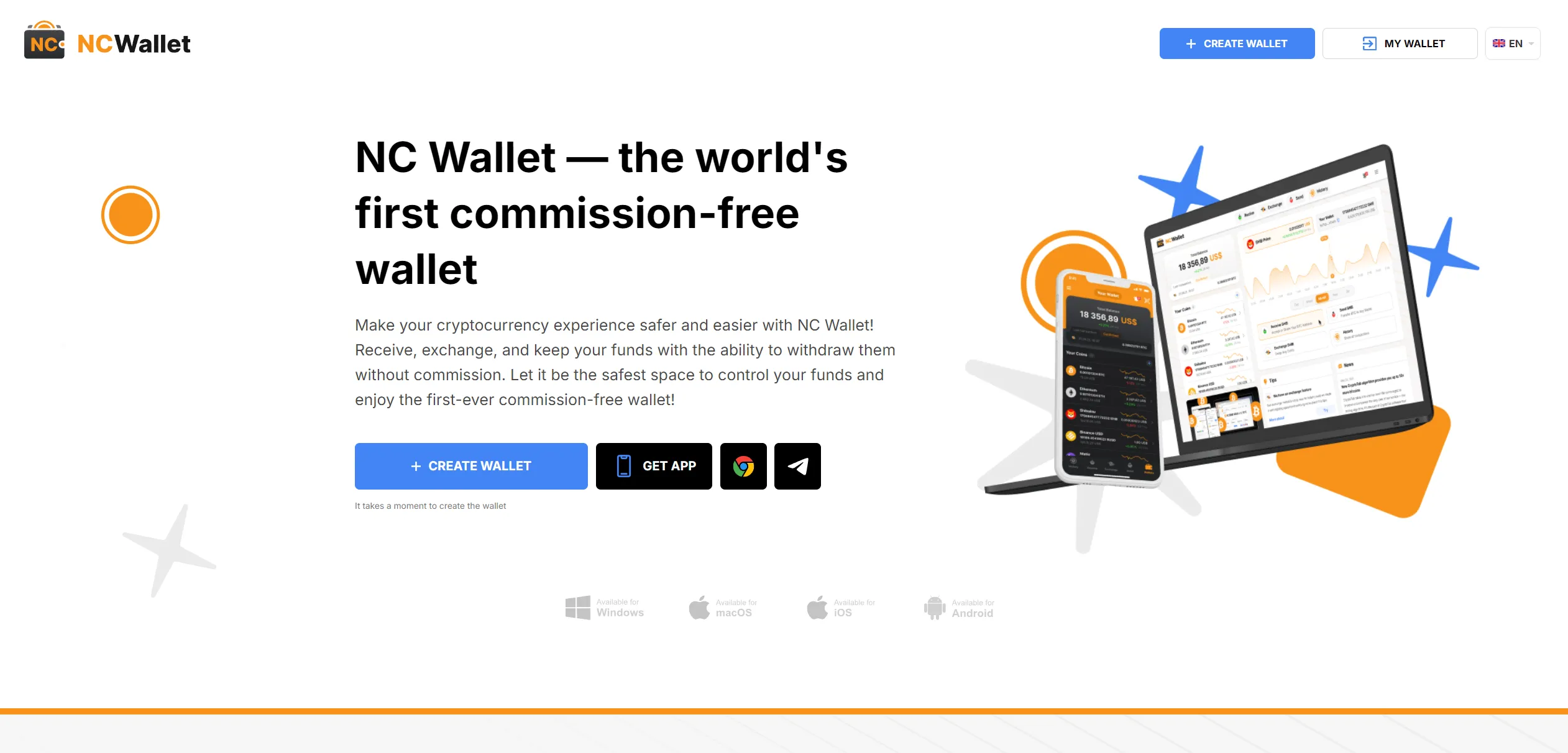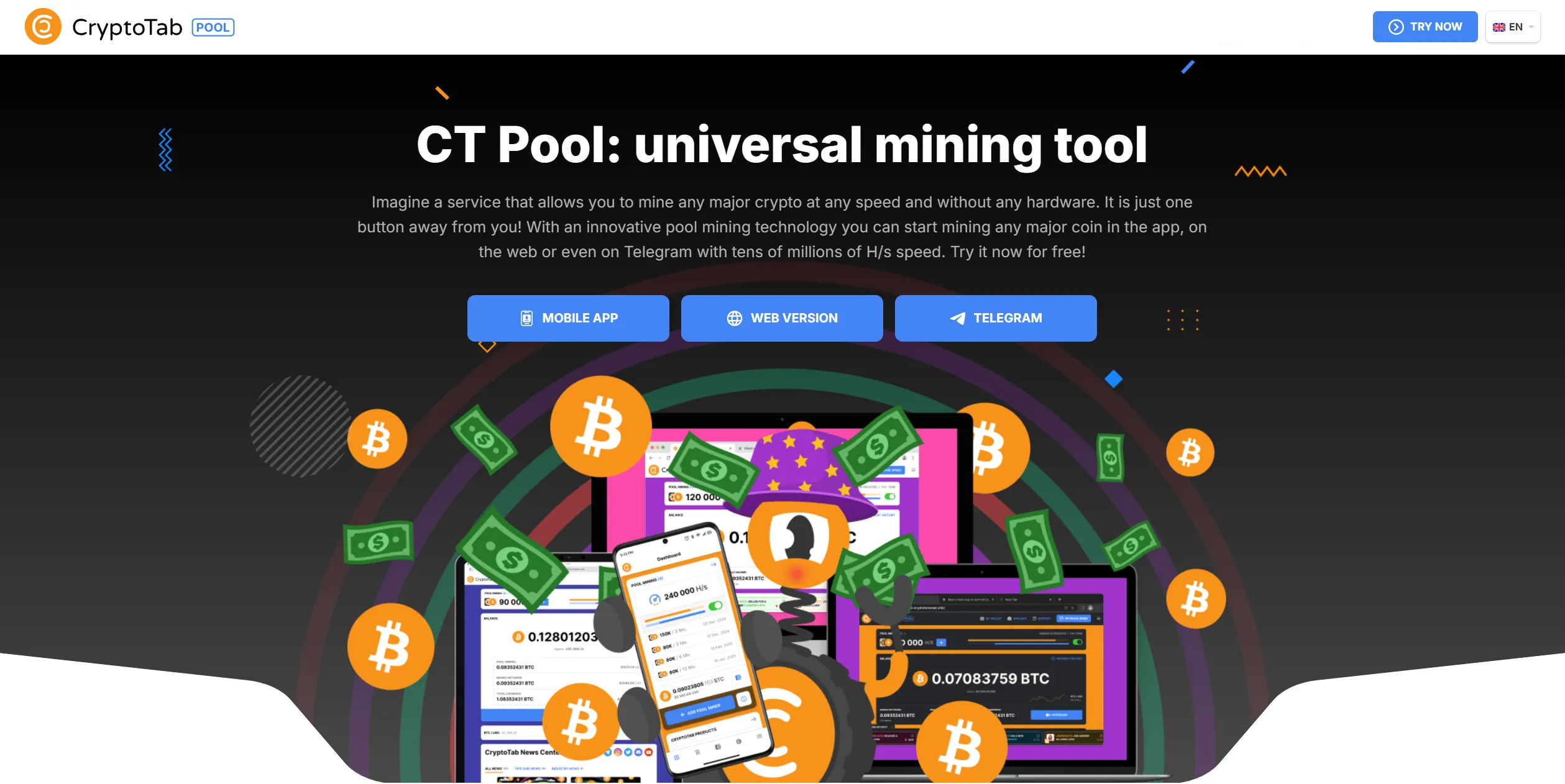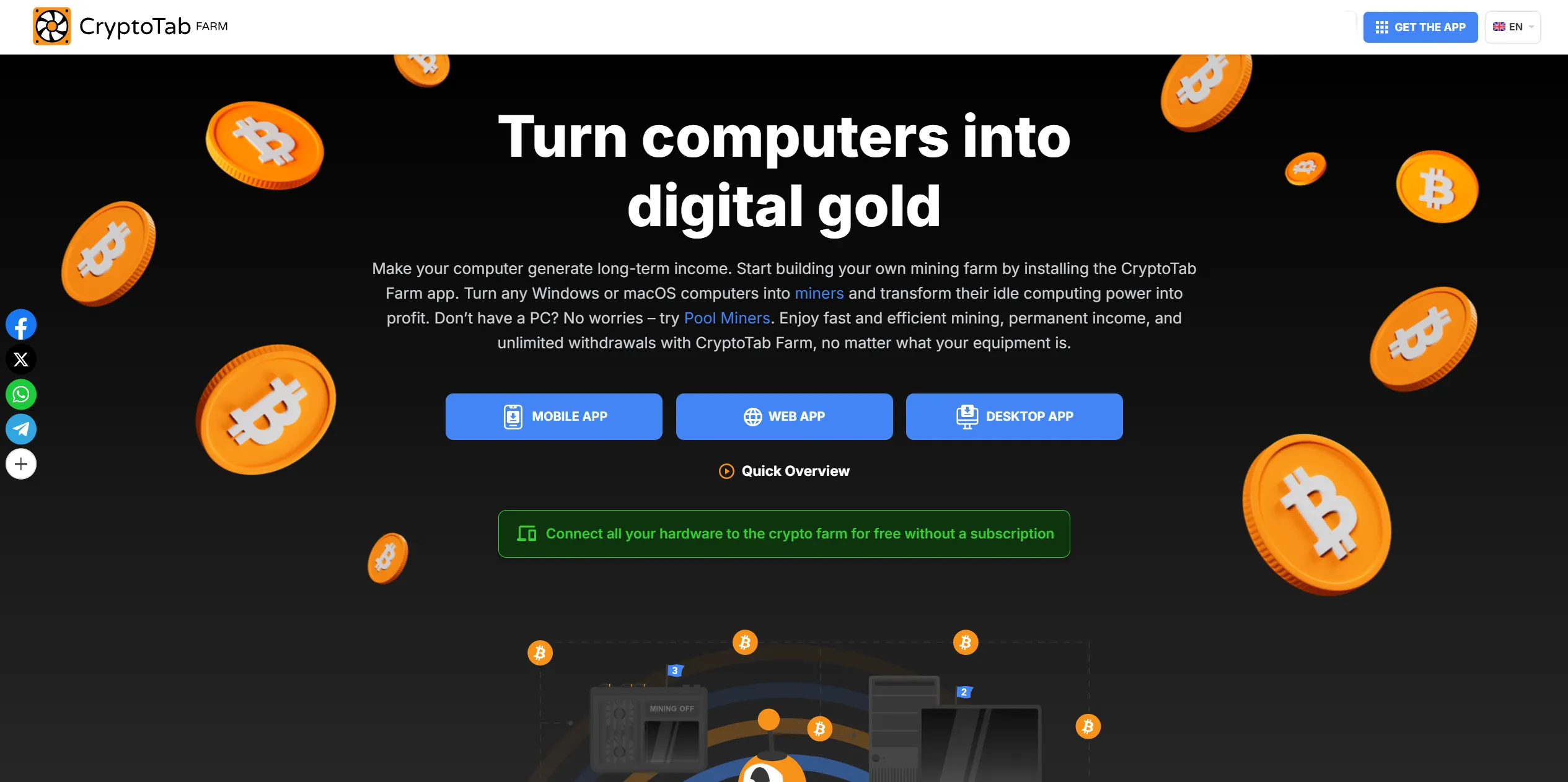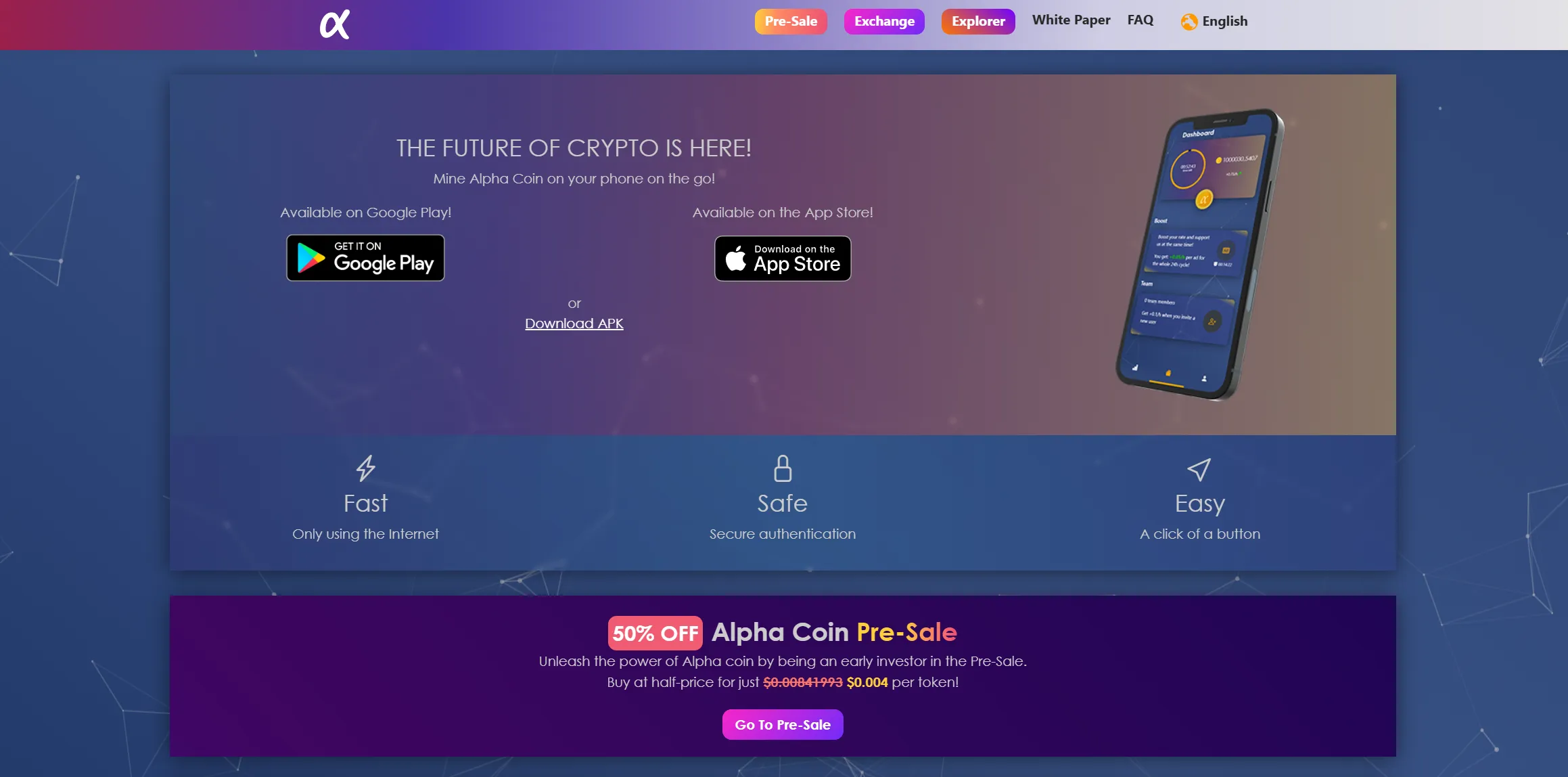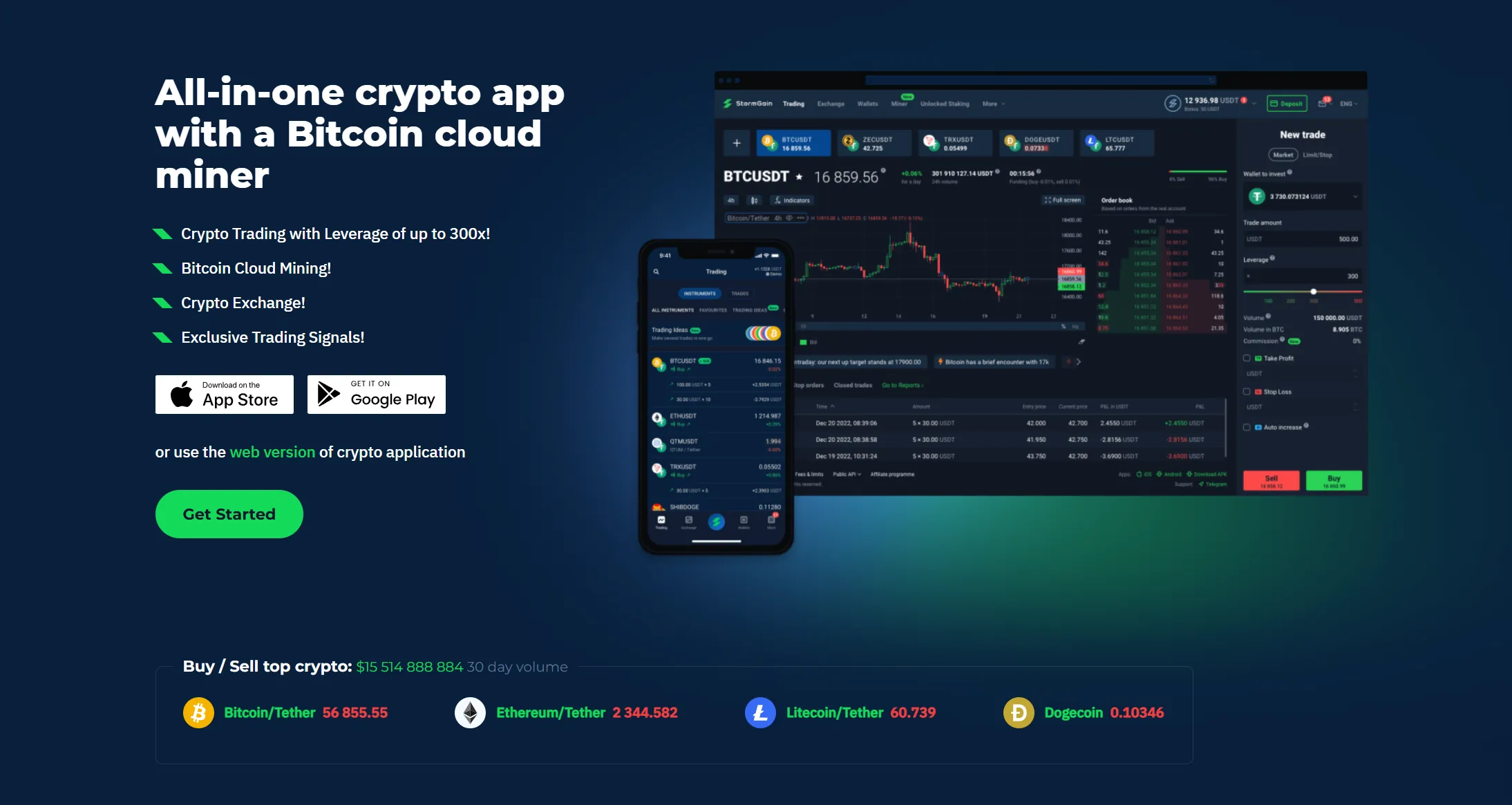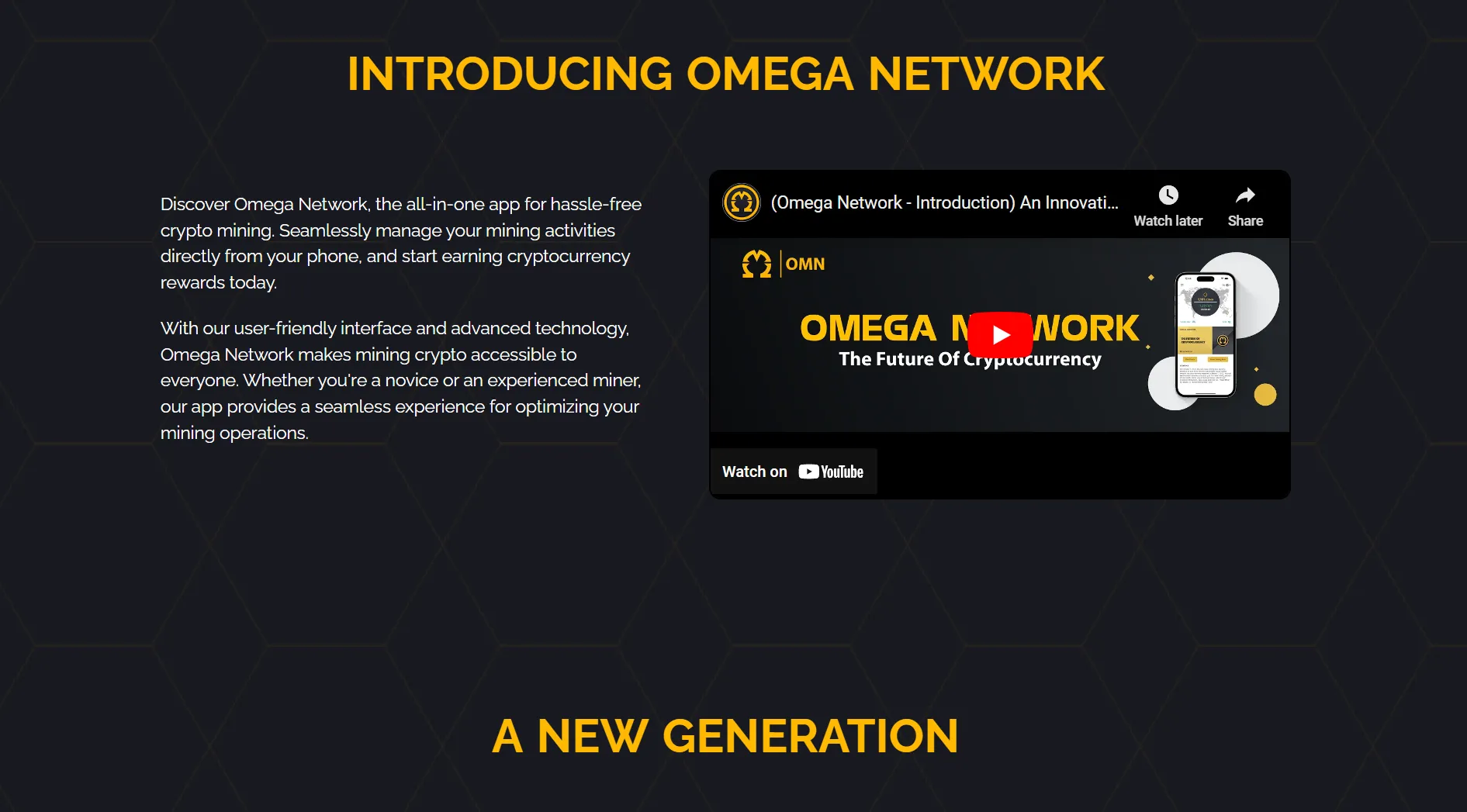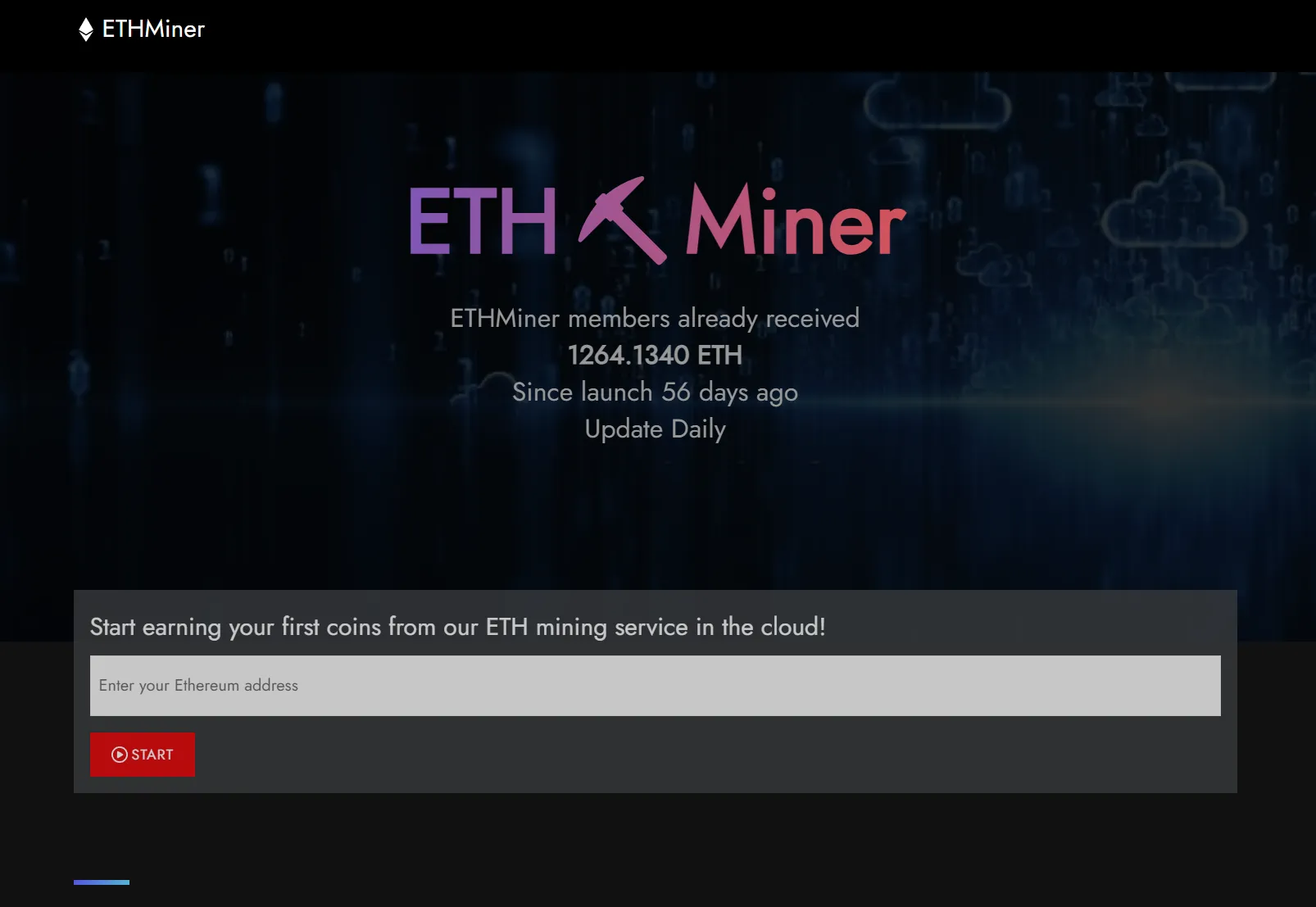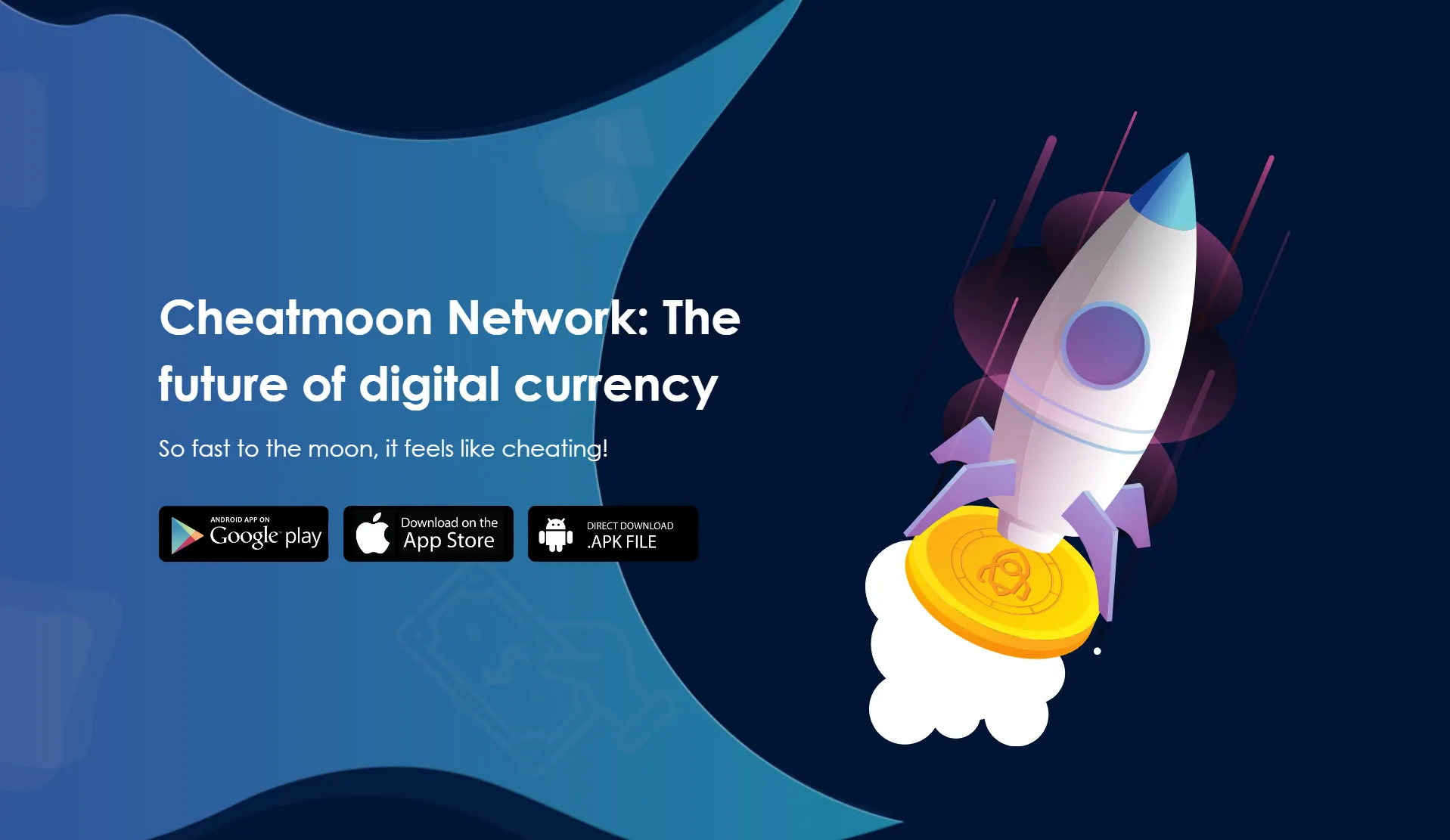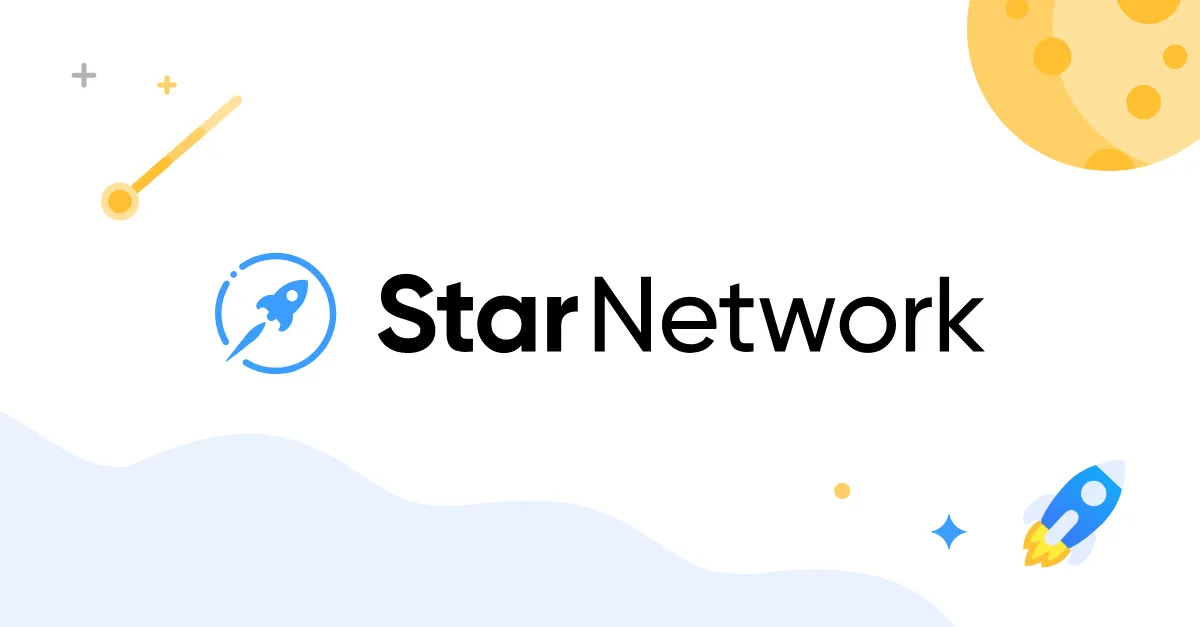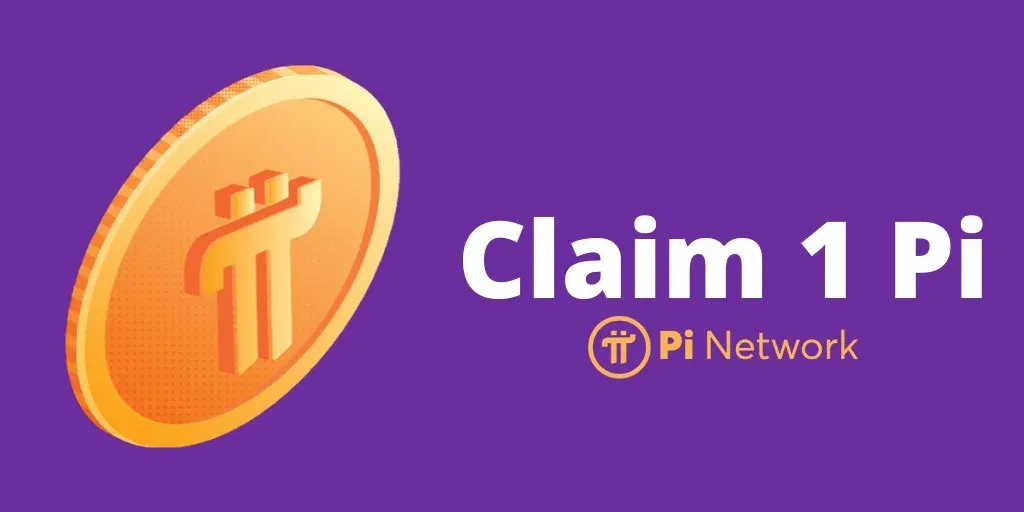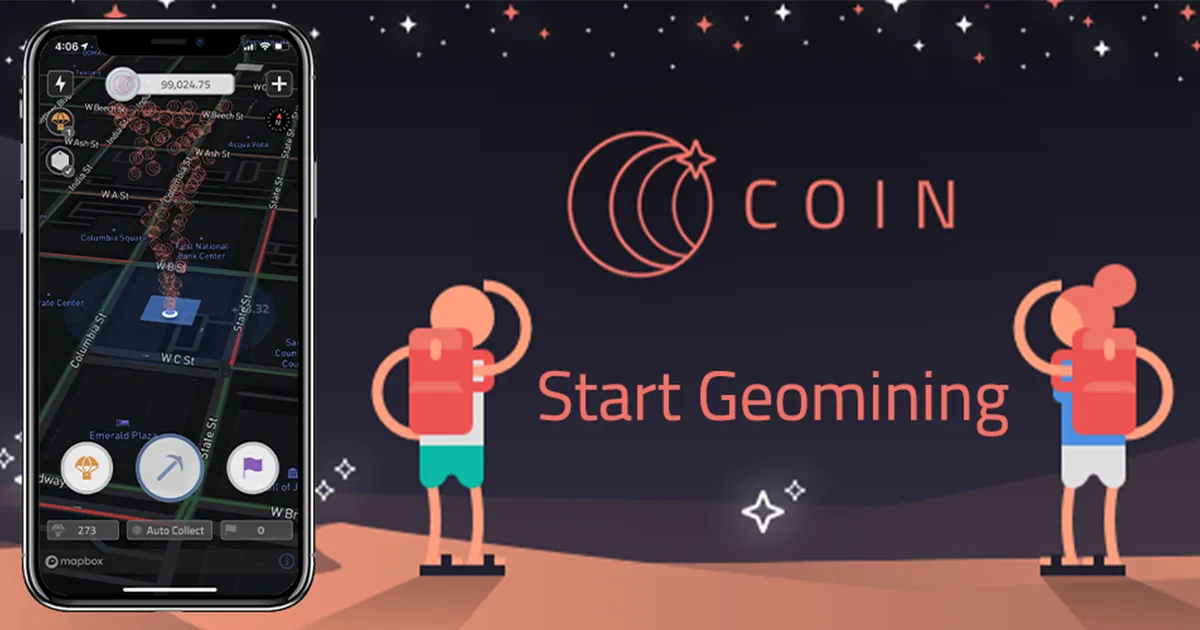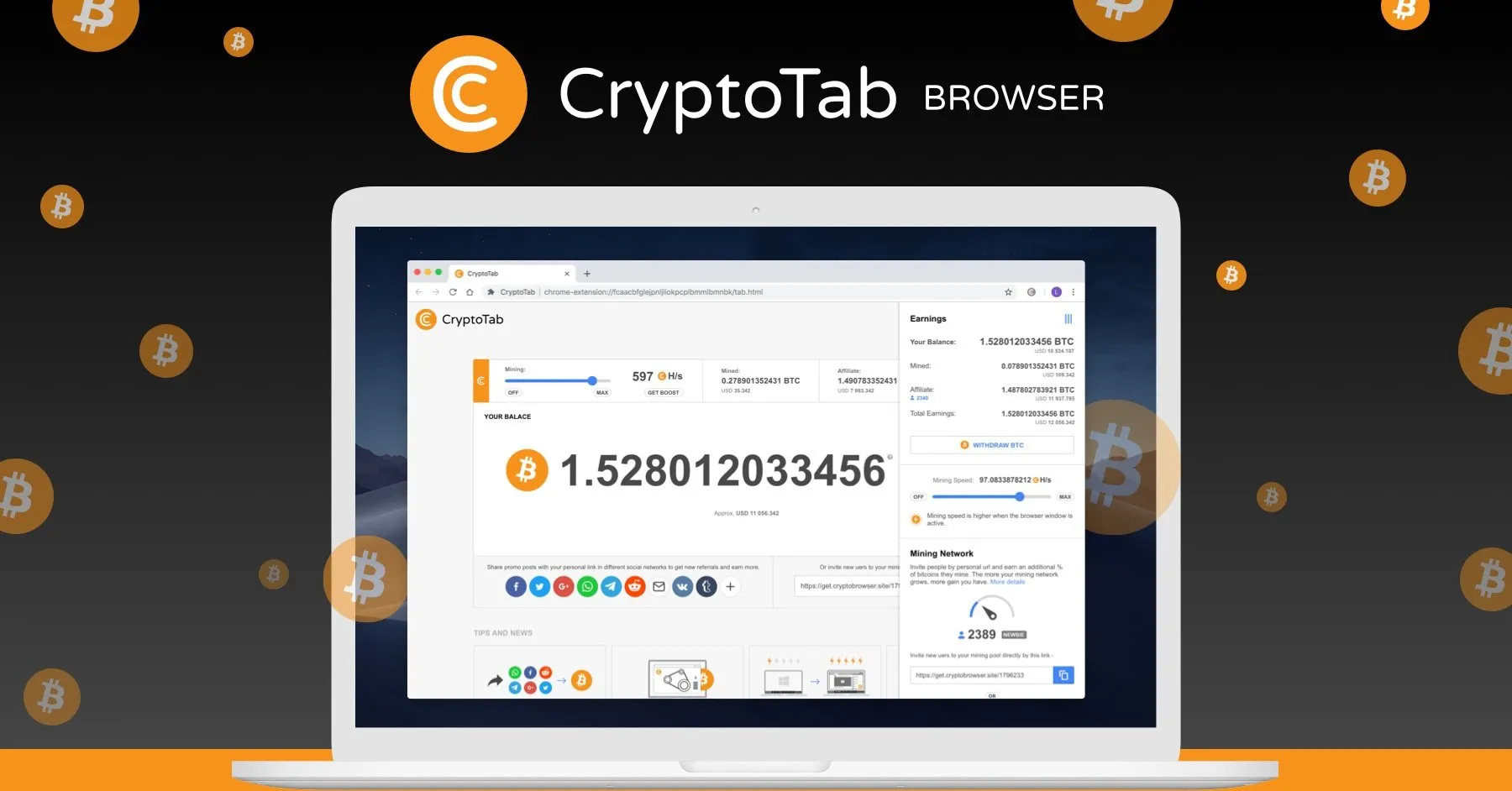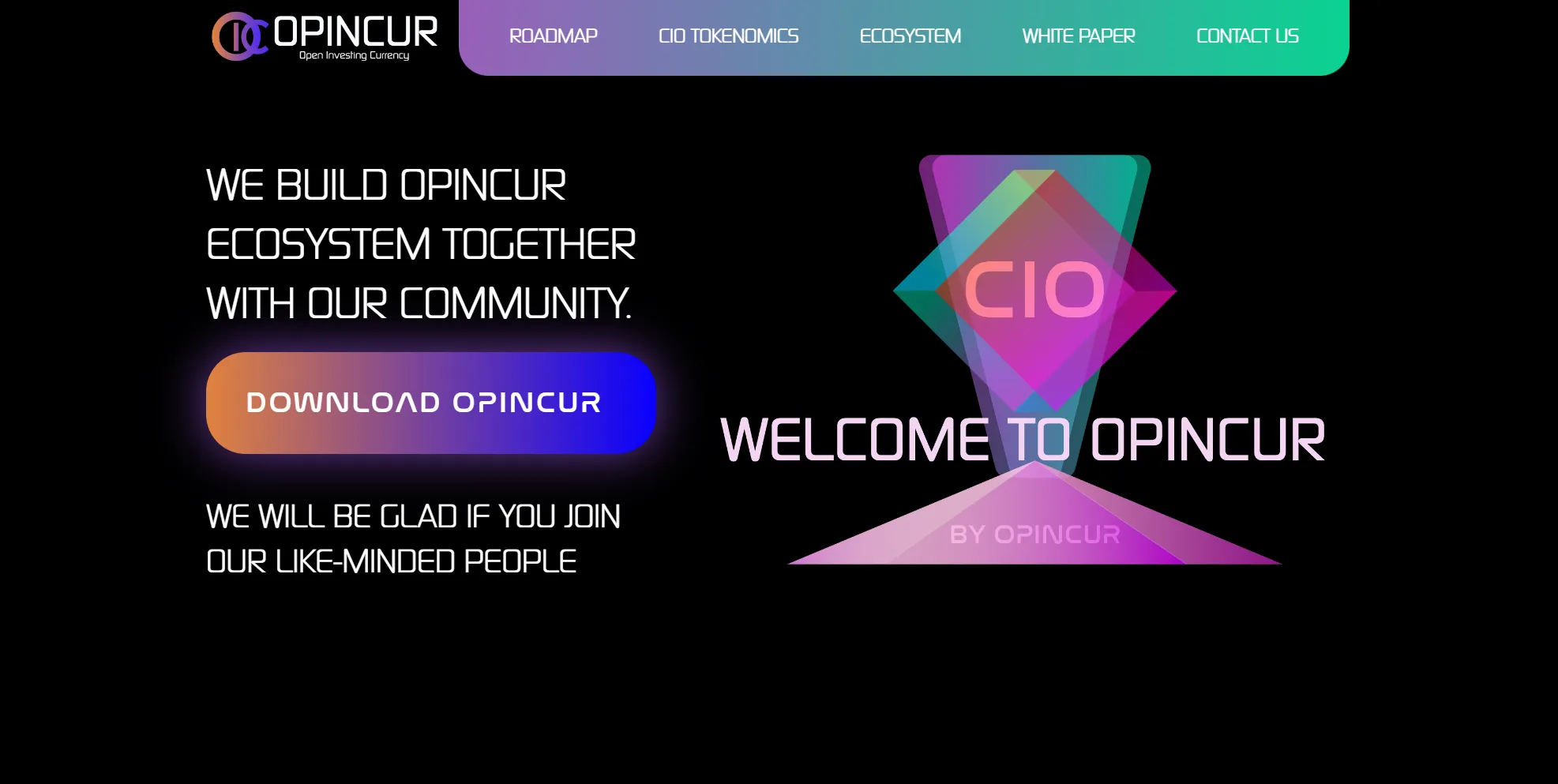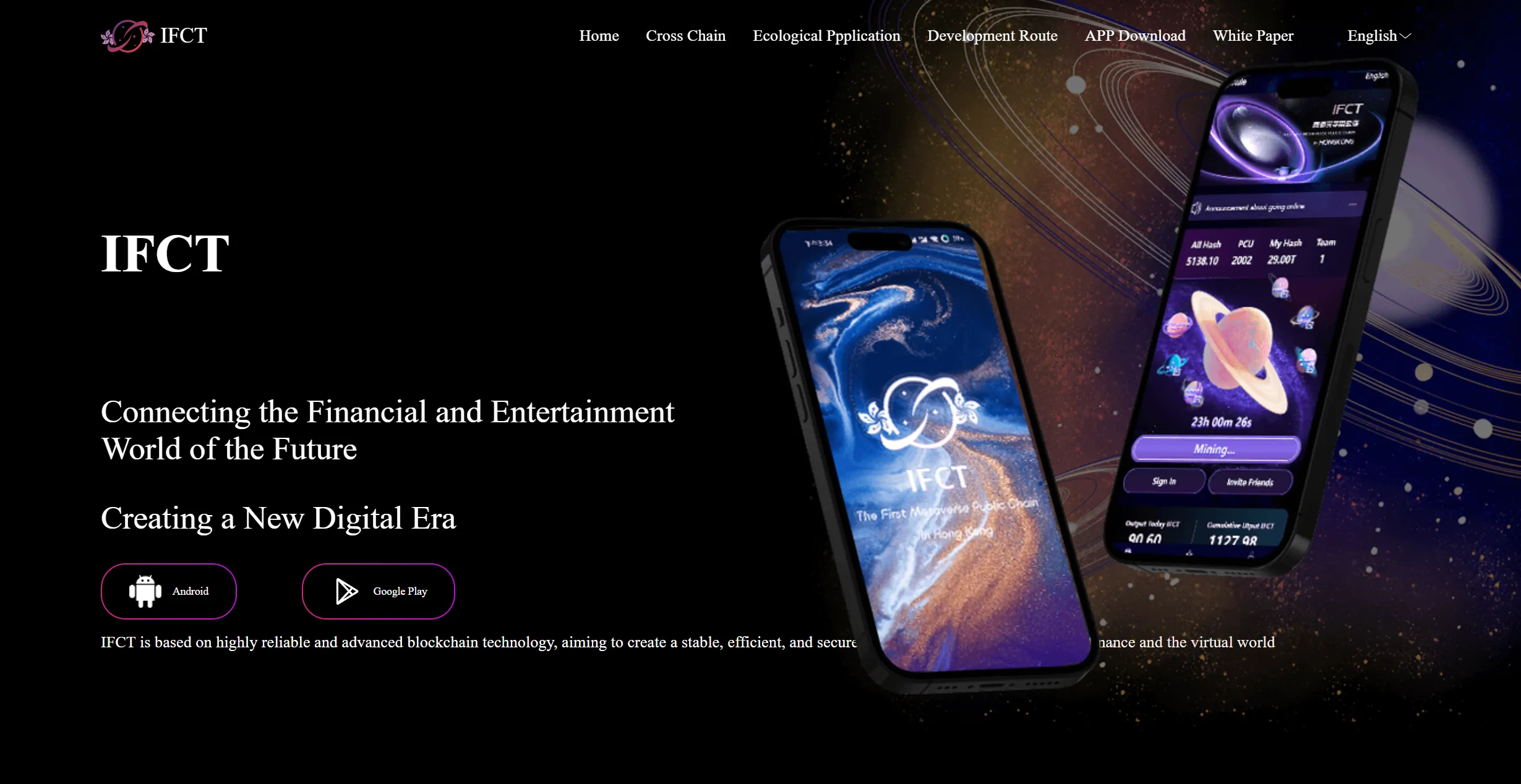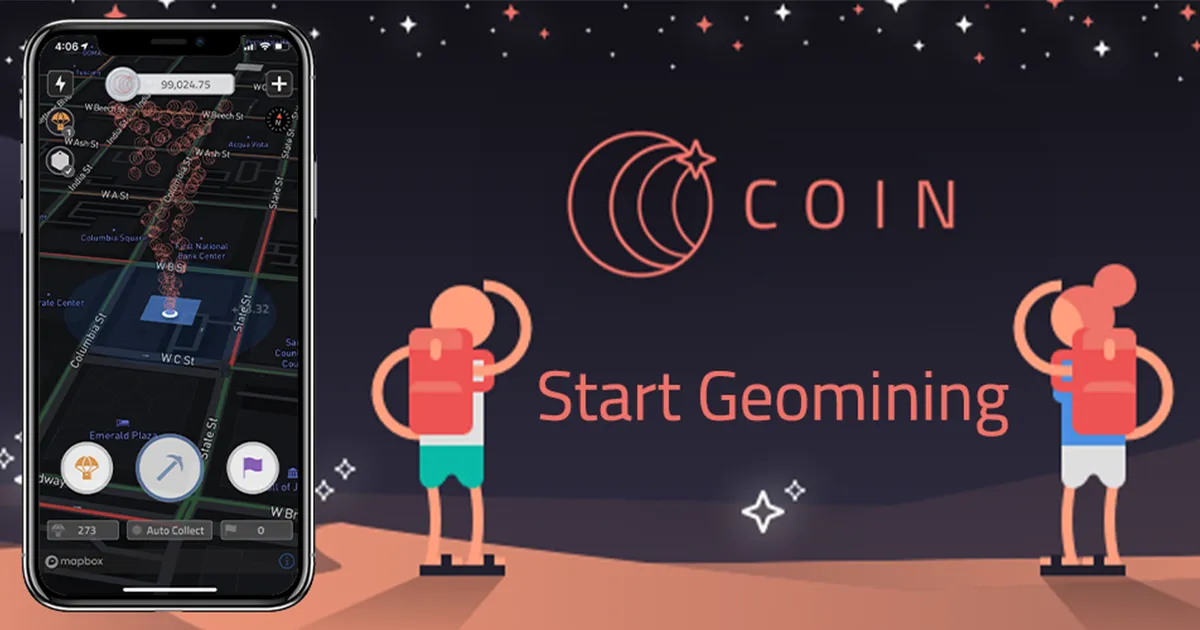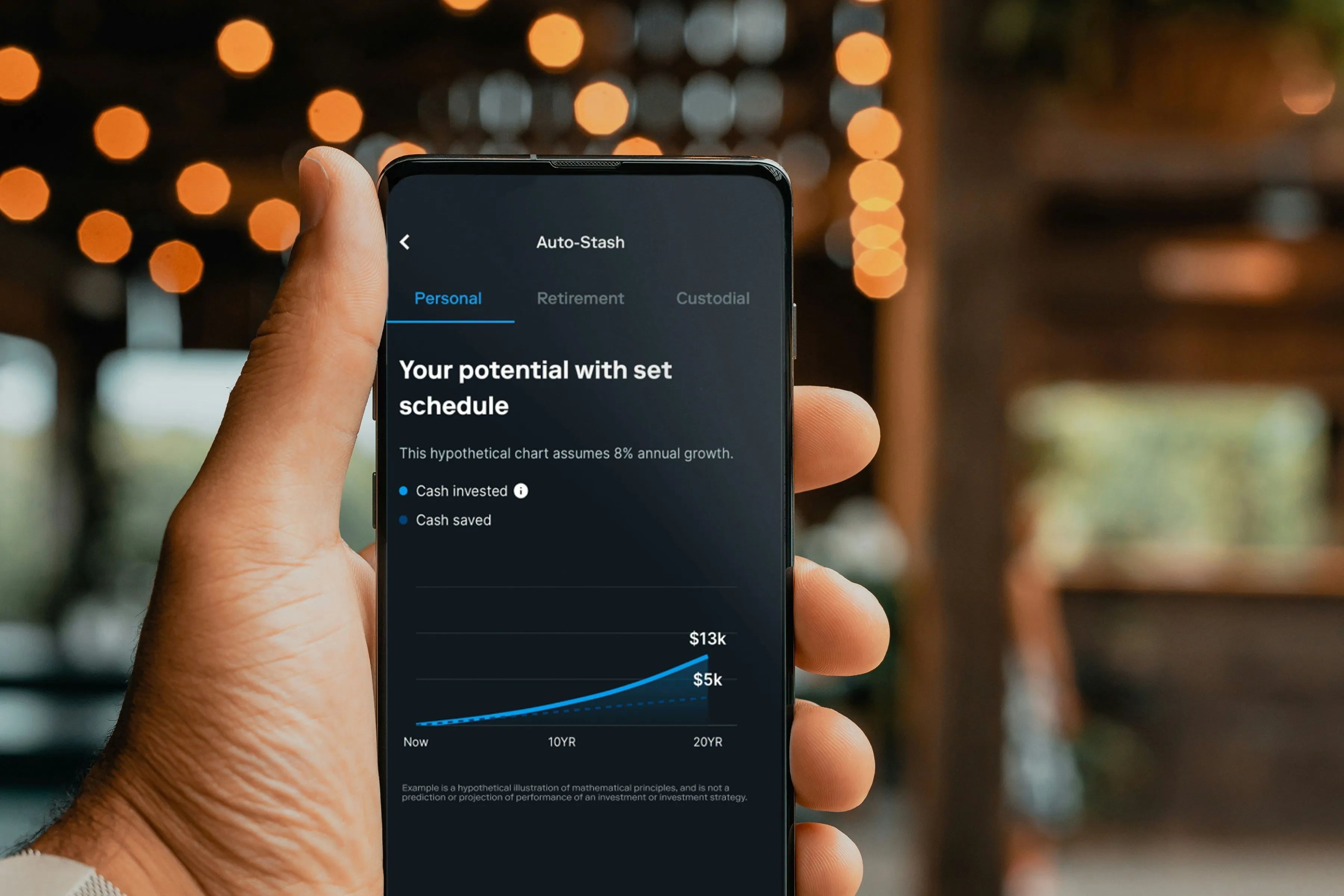The New Power Source: Unlocking the Potential of AI Computing Power
Average Reading Time: 6min.
Table of Contents
- Introduction: The New Currency: Computing Power as the Lifeblood of AI
- Chapter 1: Democratizing Access: The Decentralization of AI Power
- Chapter 2: Blockchain: The Guardian of AI Computing Power
- Chapter 3: Real-World Implications and Future Directions
- Conclusion
The New Currency: Computing Power as the Lifeblood of AI
In the modern age, computing power is increasingly recognized as the lifeblood of artificial intelligence (AI), much like oil was viewed as the cornerstone of industrial growth in the past. As AI algorithms grow ever more complex and demanding, the need for robust computational resources has skyrocketed. This correlation places computing power at the forefront of technological advancement, positioning it as an essential asset for innovation and growth.
AI Algorithms Are Power-Hungry Beasts
The rise of AI technologies has brought forth sophisticated algorithms that are often described as power-hungry beasts. These algorithms, particularly in the realms of deep learning and neural networks, require staggering amounts of computational resources to function effectively. The training of models like OpenAI's ChatGPT, for instance, involves processing vast datasets that demand immense computing power. The sheer scale of data and the complexity of the calculations involved necessitate advanced hardware to facilitate rapid processing.
To illustrate this demand, consider a report that highlighted Nvidia's contributions to AI development. In just six months, the company increased its market value from $270 billion to over $1 trillion, a staggering leap that underscores the increasing importance of computing power in the tech industry's evolution. At the heart of this transformation is the realization that without significant computational capabilities, the advancement of AI systems would stall, halting innovation and progress.
Nvidia's Role in the AI Boom
Nvidia has emerged as a titan in the AI arena, carving out a critical niche in the market by providing high-performance graphics processing units (GPUs) that power AI applications. The brand's GPUs are essential for training deep learning models, enabling faster calculations and more effective data processing.
The company’s A100 GPU chips have played a particularly pivotal role in the implementation of AI solutions, as seen in their initial supply of 10,000 chips for ChatGPT's core hardware. Nvidia's technology is akin to the linchpin of the AI movement, demonstrating the crucial interplay between hardware capabilities and algorithm performance. As companies scramble to harness AI's massive potential, Nvidia has positioned itself as the go-to supplier, solidifying its dominance in the supply chain of computing power.
“Computing power is the new oil of the digital age – without it, innovation would stall.”
Nature of Competition for Computing Resources
As the demand for AI applications continues to swell, competition for computing resources has intensified. Major technology firms across various sectors are investing heavily in developing capable computing infrastructures, driven by the understanding that enhanced computational capabilities will allow them to maintain a competitive edge. This relentless pursuit of computing power creates a high-stakes environment where access to advanced hardware can dictate success or failure in the AI landscape.
Investment in computing resources goes beyond mere hardware acquisition; it also encompasses research into algorithms and computational methodologies. Companies are keenly aware that the ability to process large datasets effectively not only improves model performance but also fuels the entire AI ecosystem. Hence, the landscape has transformed into a battleground, characterized by fierce competition to secure the most effective computing capabilities.
Fueling AI Advancements, Innovation, and Technological Breakthroughs
The quest for computing power acts as a catalyst for AI advancements across multiple sectors. High-performance computing plays a crucial role in accelerating the training processes of machine learning models, thereby enabling more efficient utilization of data. As computational power improves, it turns into a self-perpetuating cycle: the more data that can be processed, the better the algorithms become, leading to continuous improvement and innovation in the technology.
The emergence of new AI solutions demonstrates how essential it is to leverage powerful computational resources. Successful companies are not just adopting AI; they are using advanced computing to innovate actively, continuously evolving their offerings to outperform competitors. This dynamic highlights the pivotal role that computing power plays in creating a sustainable competitive advantage in the rapidly advancing tech landscape.
Decentralized Approaches and Future Technologies
As companies look to harness more computing power, decentralized architectures are beginning to emerge. Involving users who can provide computational resources from their own devices, this approach enhances the overall efficiency of utilizing computing power. Each user plays a part in the wider AI ecosystem, deciding when and how to contribute their device's processing abilities.
This shift towards a decentralized method not only boosts participation but also distributes power more evenly among resources, ensuring fair allocation and utilization. Blockchain technology underpins many of these efforts, providing a secure and efficient way to facilitate transactions and manage assets without the need for centralized institutions. As a result, users can securely share their computational resources while maintaining control over their data, promoting a more equitable environment for all participants.
The Importance of Smart Contracts
Smart contracts are also becoming increasingly relevant as the landscape evolves. These self-executing contracts utilize blockchain technology to automate agreements and transactions, streamlining the process of sharing computing power among users. This innovation not only simplifies the logistics of power sharing but also enhances its security and efficiency.
In this decentralized model, the significant benefits of computing power come to the forefront. Resources are readily accessible, users can transact transparently, and all participants benefit from the collective computational capabilities. This collaborative spirit fosters an environment where innovative AI solutions can continue to develop, further driving technological advancements.
Understanding the Bigger Picture
The implications of computing power in the AI era extend beyond mere algorithms and chips. It plays an integral role in shaping the trajectory of technology, influencing industries ranging from finance to healthcare, and even education. With rapid advancements, it becomes clear that those who can secure significant computing capabilities will ultimately lead the charge in this new digital revolution.
As companies continue to invest intelligently in computational resources, they recognize the weight of this power—transforming it into a valuable currency that underpins their innovations. The shift toward decentralized architectures facilitates more extensive participation in the ecosystem, ensuring that computing resources are not hoarded by a few dominant players but shared among many. This visionary approach to resource utilization might just be the key that propels AI to even greater heights, opening up new possibilities previously thought unattainable.
The journey of computing power as the new bedrock of innovation highlights a significant shift in the technological landscape. Firms, researchers, and end-users alike must recognize and adapt to the importance of computational capabilities as they seek to navigate this ever-changing domain. In doing so, they will not only enhance their practices but also contribute to the evolution of a future where AI-driven solutions flourish.
In reflection, understanding computing power's centrality in the AI revolution equips stakeholders with the knowledge to navigate this landscape more effectively. As resources grow scarcer and demand escalates, adapting to these changes becomes not just advisable but essential to thriving in the digital age.
Democratizing Access: The Decentralization of AI Power
In the contemporary landscape of artificial intelligence (AI), the concept of decentralization is emerging as a transformative force. The power dynamics that formerly resided with a select few tech giants are beginning to shift. The democratization of AI power, primarily through user-driven computing models and decentralized networks, is not just a trend; it is quickly becoming a paradigm shift in how computing resources are accessed and utilized.
How User-Driven Computing Changes the Landscape
User-driven computing is at the heart of the decentralization movement. This model allows individuals and organizations to leverage their computing resources, creating a network of distributed power. Rather than depending solely on centralized data centers owned by large tech companies, users can contribute the idle computing power of their own devices—computers, smartphones, and even IoT devices. This collective resource pool leads to a more robust and accessible AI environment.
The conventional approach to AI power has passed through an era where data centers filled with GPU clusters held all the computational might. However, with user-driven computing, individuals become active participants in this ecosystem. For instance, when a device is not in use, it can be utilized to help train machine learning models or run AI algorithms. This collaborative approach essentially broadens the reach of AI technology and fosters further innovation.
Benefits of a Decentralized Network
- Enhanced Accessibility: One of the core benefits of decentralization is its ability to democratize access to AI resources. With a decentralized network, users from various backgrounds can contribute resources and also gain access to powerful computing capabilities without the need for substantial financial investments. This lowers the entry barriers for startups and individual developers alike.
- Innovation Acceleration: By allowing a diverse group of individuals to participate in the AI development process, decentralization encourages innovative ideas and solutions. This collective intelligence emerges when users contribute their unique insights, experiences, and perspectives, leading to the advancement of AI technologies that might not have developed within a siloed, centralized model.
- Cost Efficiency: As users share their computing power, the costs typically associated with running AI models—such as infrastructure expenses—are significantly reduced. This can lead to a more sustainable and economically feasible operational model for developers and organizations, particularly those with limited resources.
- Resilience Against Failures: Centralized networks are inherently vulnerable to singular points of failure. Decentralized networks distribute resources across multiple nodes, thereby enhancing reliability. If one node goes down, others can pick up the slack, ensuring continuous availability and performance stability.
The Future of Resource Distribution
The future of resource distribution in AI is undeniably intertwined with the developments in blockchain technology. The rise of blockchain has established new paradigms for securing transactions, maintaining privacy, and enabling smart contracts that automate agreements between users participating in the network. This foundational technology is the backbone that empowers decentralized computing networks.
Blockchain promotes a fairer allocation of resources by eliminating intermediaries and allowing users to transact directly with one another. This fosters a trustless environment where smart contracts can ensure that contributions from users are recognized and rewarded autonomously, without human intervention. The transparency and immutability offered by blockchain further enhance user confidence, which is crucial in encouraging widespread participation in decentralized networks.
"Decentralization is about amplifying individual contributions – it changes who gets to play the game of AI."
Real-World Applications of Decentralized AI Networks
Real-world applications of decentralized AI networks illustrate the versatility and efficiency of this model. For instance, a computing power sharing platform can be designed where users offer their unused computational resources. Through such platforms, even small-scale contributors can access resources equivalent to those of tech giants, making it possible to run sophisticated AI algorithms that were previously out of reach.
Beyond personal computers, this model extends to organizations that opt for decentralized networks for research purposes. For example, an AI-driven healthcare initiative can enlist the aid of numerous users who contribute processing power to analyze large datasets for medical research, thus speeding up the discovery of new treatments or improving diagnostic accuracy.
Challenges and Considerations
While the transition towards a decentralized network offers numerous advantages, it is not without its challenges. Security and privacy concerns remain a significant topic of discussion. Decentralized systems demand robust protocols to ensure that data shared and processed within the network is protected from unauthorized access or misuse. Blockchain technology plays a pivotal role in this regard, providing a layer of encryption and security.
Moreover, establishing efficient resource-sharing platforms is paramount for the success of decentralized models. Developers are tasked with creating user-friendly interfaces and maintaining the underlying infrastructure that supports seamless transactions and contributes to the network's overall reliability.
Looking Ahead
The continuous evolution towards decentralization in AI power signifies a broader trend of empowerment for individuals and smaller organizations. By harnessing the resources of a large base of users, decentralized networks can create opportunities for innovation that may have been overlooked in a traditional, centralized landscape. This wave of democratization fosters creativity and collaboration, ultimately leading to a more dynamic and inclusive environment for AI development.
As technologies like blockchain mature and new decentralized platforms emerge, the capacity for user-driven computing to reshape the AI landscape will likely expand. This innovative approach not only maximizes computational potential but also ensures that the benefits of AI are shared across a broader spectrum of society. As we move forward, one can only marvel at the possibilities and advancements that this revolution holds.
Blockchain: The Guardian of AI Computing Power
In today’s rapidly evolving technological landscape, the intersection of blockchain technology and artificial intelligence (AI) is gaining significant attention. With the proliferation of AI applications across various industries, ensuring the security and privacy of computing power has emerged as a paramount concern. The architecture of trust within this technological duo rests heavily on the capabilities provided by blockchain, which has proven its worth in safeguarding transactions and personal data. This article delves into the reasons why blockchain is poised to become the guardian of AI computing power, exploring its implications for security, privacy, and real-world applications.
The Importance of Security and Privacy in AI
As organizations increasingly harness AI insights from vast datasets, the integrity of these systems becomes critical. AI models often require immense computational resources, causing risks associated with data breaches, unauthorized access, and manipulation. The consequences of compromised computing power can lead not only to financial loss but also to eroded trust and reputational damage for businesses relying on AI technologies.
To combat this, blockchain technology offers a robust solution. By providing an immutable ledger of transactions. blockchain ensures transparency and accountability. Each transaction is recorded in a way that cannot be altered retroactively, creating a secure environment for AI operations. This decentralized model empowers users with control over their data while simultaneously enhancing data privacy and preventing breaches.
How Blockchain Enhances Trust in Computing
The AI ecosystem thrives on trust. For developers and users to collaborate effectively, there must be a system in place that guarantees reliability. Herein lies the transformative power of blockchain. By automating agreements through smart contracts, blockchain facilitates trustworthy interactions among users without the need for intermediaries. These programmable contracts enable conditional execution of transactions, thus fostering an efficient and trustworthy computing environment.
Decentralization: With blockchain, computing power does not rely on a centralized authority, distributing the trust across multiple nodes. This decentralized architecture minimizes single points of failure and potential vulnerabilities.
Immutable Records: Every transaction recorded on the blockchain is cryptographically secured, making it almost impossible to alter any past events. Such a feature helps mitigate fraud and error in AI computing.
Transparency: All users in a blockchain network have access to the same information. This visibility ensures that everyone can verify actions taken within the system, leading to a collective responsibility.
In the words of a technology expert,
"Blockchain technology isn't just a buzzword; it’s the backbone of a trustworthy AI future."
Such sentiments echo the growing consensus on the necessity of integrating blockchain within AI frameworks.
Real-World Applications of Blockchain in AI
The amalgamation of blockchain and AI has already started yielding revolutionary results. Companies worldwide are experimenting with blockchain applications in AI to harness benefits like enhanced security and improved operational efficiencies.
- Computing Power Sharing Platforms: The AI computing power oil field showcases how blockchain can facilitate decentralized platforms where individuals contribute computing resources. Users can freely share their computational power, allowing AI projects to run on a flexible, scalable basis. By leveraging excess capacity, this model promotes cost-efficiency and resource optimization.
- Data Integrity in Training AI Models: For training AI models, data quality is crucial. Blockchain ensures that data fed into AI systems is verified and traceable. Each dataset entry can be traced throughout its lifecycle, guaranteeing its authenticity. This transparency is especially vital in industries requiring regulatory compliance.
- Smart Contracts for Computational Tasks: Smart contracts allow for automatic execution of agreements for resource allocation in computing tasks. This reduces the time and potential errors associated with manual agreements and fosters trust between distributed nodes engaged in various AI processes.
To illustrate, consider the implementation of blockchain and AI in the field of healthcare. Many healthcare providers are adopting blockchain for securely sharing patient data while ensuring privacy. By employing AI to analyze this data, they can derive insights for better patient outcomes while maintaining strict compliance with privacy regulations.
Additional Considerations: Transaction Integrity and User Privacy
As the synergy between AI and blockchain continues to evolve, the conversation around transaction integrity and user privacy takes center stage. Blockchain encryption techniques provide the fundamental layer of security necessary for protecting sensitive data emanating from AI systems. Data breach incidents often stem from centralized data storage; by contrast, blockchain's decentralized nature mitigates these risks.
Furthermore, the usage of cryptographic tokens enables users to ascertain control over their data. In such models, users can decide when and how to share their data, ensuring that their privacy remains intact. With legislation like GDPR emphasizing data privacy, incorporating blockchain into AI not only conforms to legal mandates but builds consumer trust in tech organizations.
A Bright Future with Blockchain and AI
The merging of blockchain technology with AI applications is not just a trend but a foundational shift in how these technologies can enhance security, efficiency, and transparency. It paves the way for innovative solutions that address the pressing challenges faced by industries reliant on AI.
Blockchain implementation can secure transaction integrity and user privacy effectively.
In summary, the adoption of blockchain serves as a catalyst for trust and reliability in AI computing environments, making it an essential component for the future of technological advancements.
Real-World Implications and Future Directions
The rapid advancement of artificial intelligence (AI), akin to the industrial revolution, has ushered in a new era where computational power stands as the critical resource—often referred to as the "oil" of the AI age. As we look to the future, it is imperative to anticipate the upcoming trends, comprehend the challenges that lie ahead, and recognize the transformative influence of emerging technologies.
Anticipating the Next Big Trends
The landscape of AI is evolving at an unprecedented pace. Different sectors, including healthcare, finance, and transportation, are increasingly integrating AI-driven solutions into their processes. Key trends that are shaping the future include:
- Hybrid Models of Computing: With the convergence of cloud computing, edge computing, and quantum computing, hybrid models are becoming mainstream. This evolution allows for enhanced flexibility and efficiency, enabling users to allocate computational resources based on real-time demands.
- Rise of Decentralized Computing: Platforms powered by decentralized technologies, such as blockchain, are gaining traction. These platforms allow individuals to share their computing power, promoting inclusiveness and resource equity without the need for centralized institutions.
- Sustainability Focus: As AI applications proliferate, a shift towards energy-efficient algorithms and sustainable data centers is essential. The industry is witnessing a growing emphasis on reducing the carbon footprint associated with computational resource use.
Potential Challenges and Obstacles
The trajectory of AI is not without its challenges. Some critical obstacles that must be addressed include:
- Energy Consumption: The increasing demands for computational power lead to higher energy consumption. Data centers and AI infrastructures consume vast amounts of electricity, which raises concerns regarding their environmental impact.
- Equity and Accessibility: While advancements in computing power boost AI capabilities, they can also exacerbate the digital divide. Ensuring equitable access to these technologies remains a significant challenge, especially in developing regions.
- Regulatory Landscape: As AI continues to influence various job sectors—predicted to affect over 70% of jobs by 2030—the need for clear regulations and standards becomes paramount. Policymakers must navigate ethical considerations while promoting innovation.
The Impact of Emerging Technologies
Emerging technologies play a pivotal role in shaping the future of AI. A few notable influences include:
- Quantum Computing: The integration of quantum computing into AI workflows offers unprecedented processing capabilities. Quantum systems can perform complex calculations at speeds beyond conventional computers, unlocking new possibilities for machine learning and data analysis.
- Blockchain Technology: The use of blockchain to secure data transactions enhances the reliability of AI systems, ensuring data integrity. It fosters trust among users participating in decentralized computing platforms.
- AI Optimization Algorithms: Developing efficient algorithms is essential for improving the performance of AI models. Beyond computational power, optimizing algorithms can significantly reduce resource consumption while maximizing output.
The Future of AI is Promising
"The future of AI is as promising as the computational power we can harness today."
As the AI landscape continues to mature, it is imperative that stakeholders across industries collaborate to address these challenges head-on. Innovations in hybrid computing, decentralized platforms, and quantum algorithms will not only redefine how computational resources are utilized but will also dictate the future trajectory of AI technology.
Innovative Case Studies
A compelling example of the collaborative potential of blockchain and AI can be seen in the AI computing power sharing platform. This innovative platform allows users to pool their computational resources, thus providing the necessary power to fuel large AI models without the reliance on centralized institutions. By distributing the computational load, it enhances efficiency and fosters a more equitable resource allocation strategy.
Conclusion
The implications of advanced AI and computational technologies resonate across societal landscapes. By being proactive in addressing anticipated challenges and embracing emerging trends, stakeholders can navigate the complex terrain of AI-driven innovations responsibly. Ultimately, the evolution of computational power will not only catalyze the next wave of AI advancements but also redefine possibilities for industries and individuals alike.
For more information on StarCoin, you can check out the following URL:
- Website: https://starcoin.one/
P.S. Don't forget to follow us on social media, the community, the website and the - - YouTube channel for even more inspiration and updates!
- Website: https://thecryptoshed.cc
- Website: https://van-santen-enterprises.com
- Community: https://community.thecryptoshed.cc
- Marketing Courses: https://thetraininghub.cc
- The Store: https://van-santen-enterprises.cc
- YouTube Channel: @VanSantenEnterprises
To Learn more about "Digital Marketing" or to stay informed, subscribe to the free newsletter or community.
Nvidia, #Decentralization, #AI, #ComputingPower, #Blockchain, #StarNet, #StarCoin, #StarCloudMining, #StarCoinMining, #ArtificialIntelligence
TL;DR: The future of AI is intertwined with technological advancements in computational power, emphasizing hybrid and decentralized computing models. As these technologies evolve, significant challenges such as energy consumption, equity, and regulatory considerations must be addressed. Quantum computing and blockchain are vital in shaping future AI applications, enabling the industry to harness powerful and efficient computing resources responsibly.


